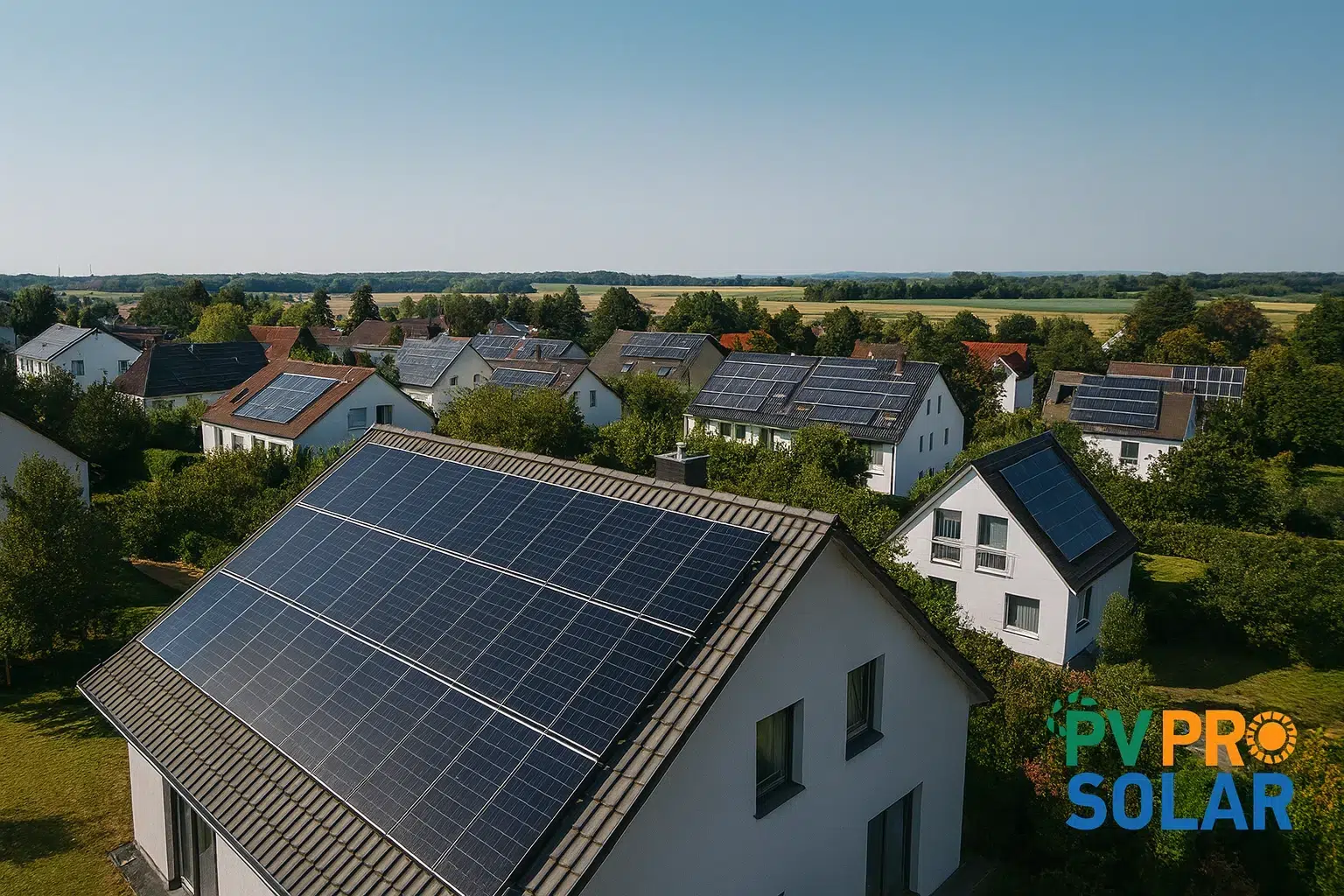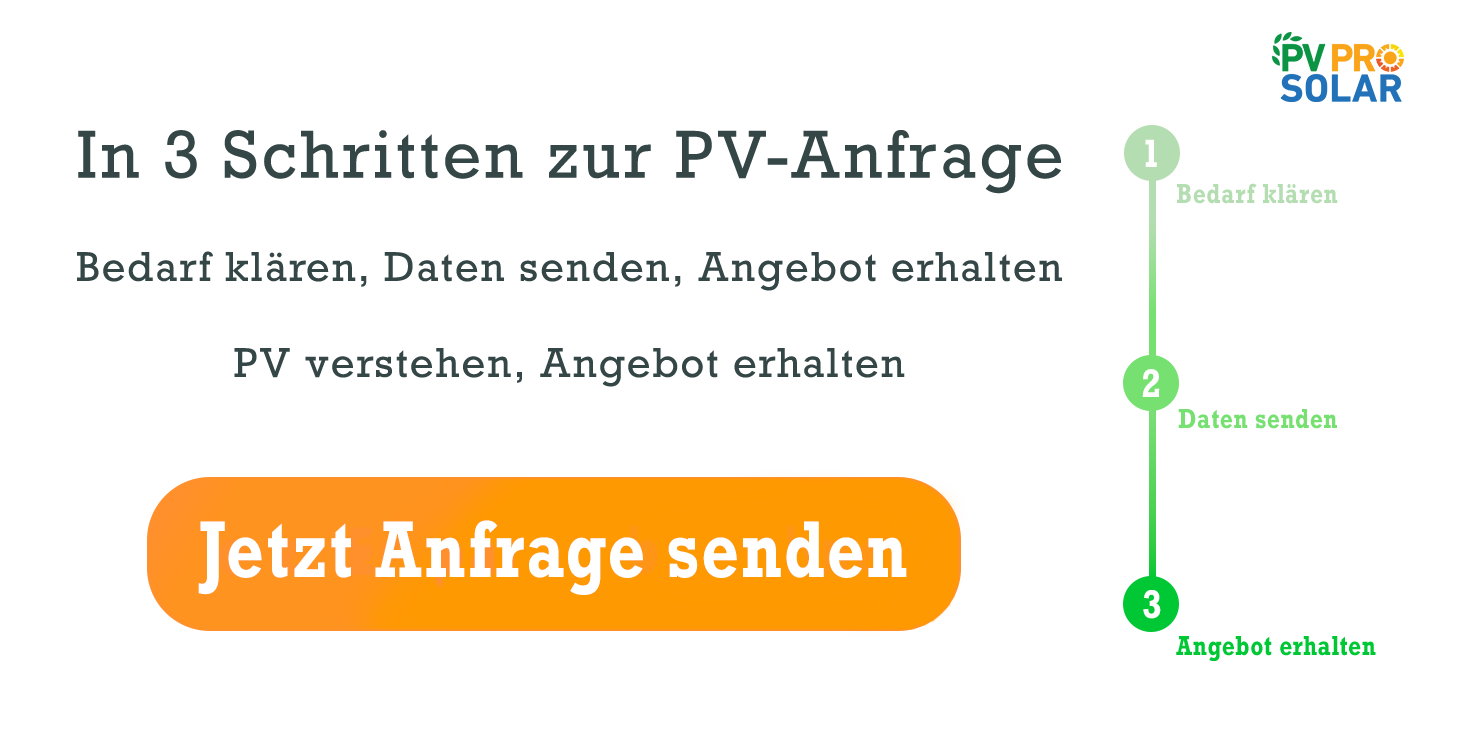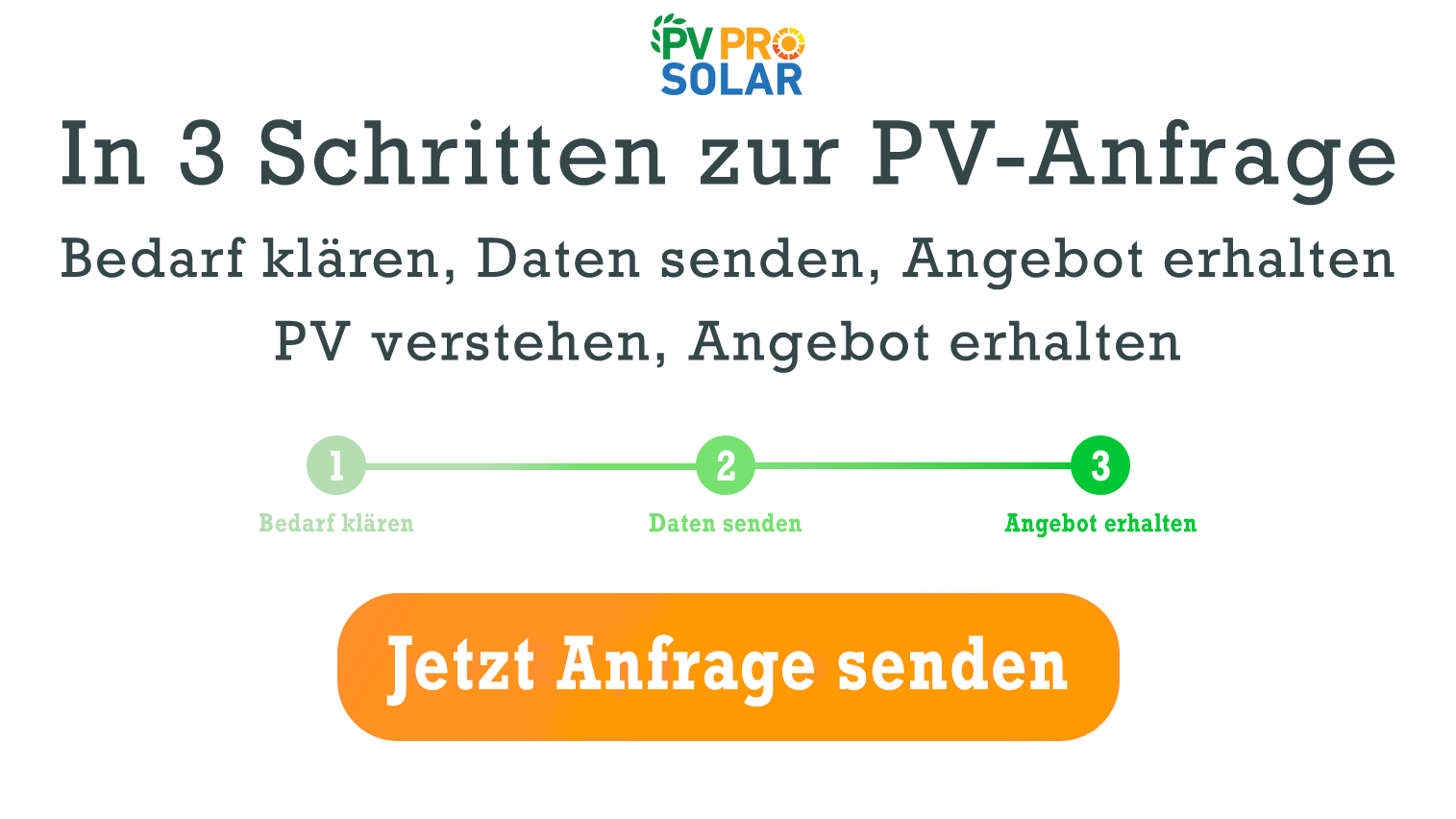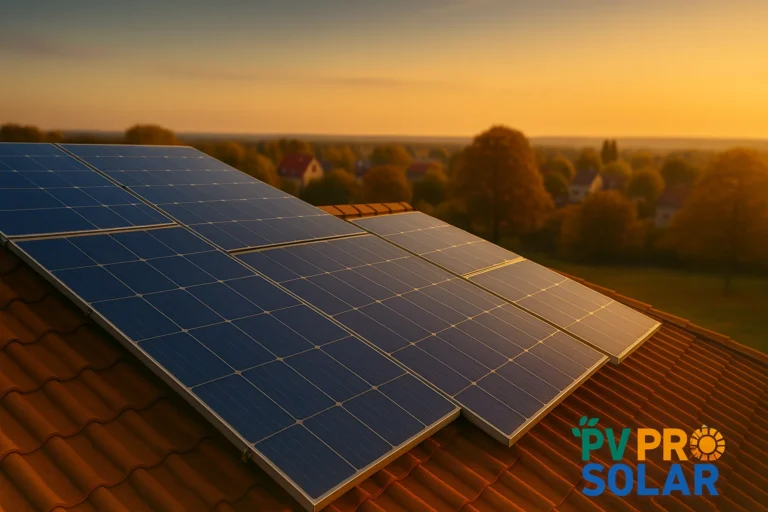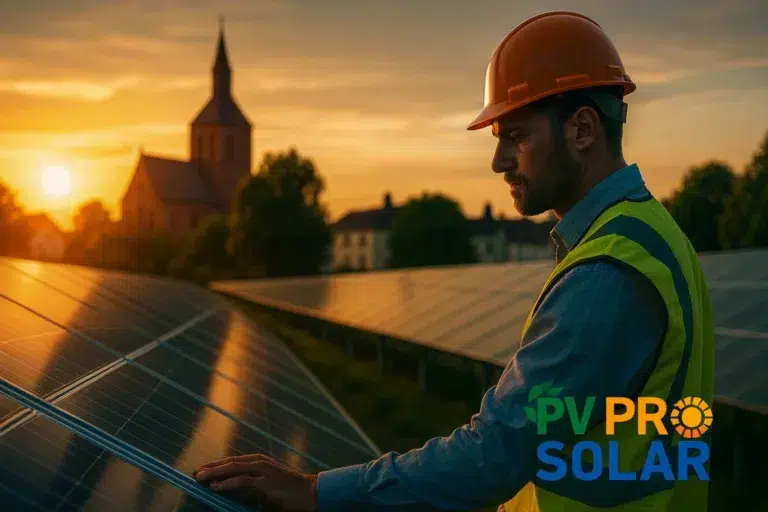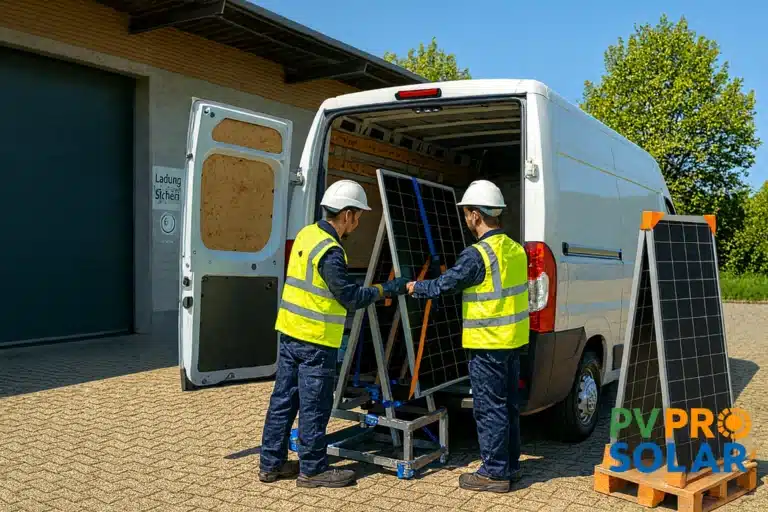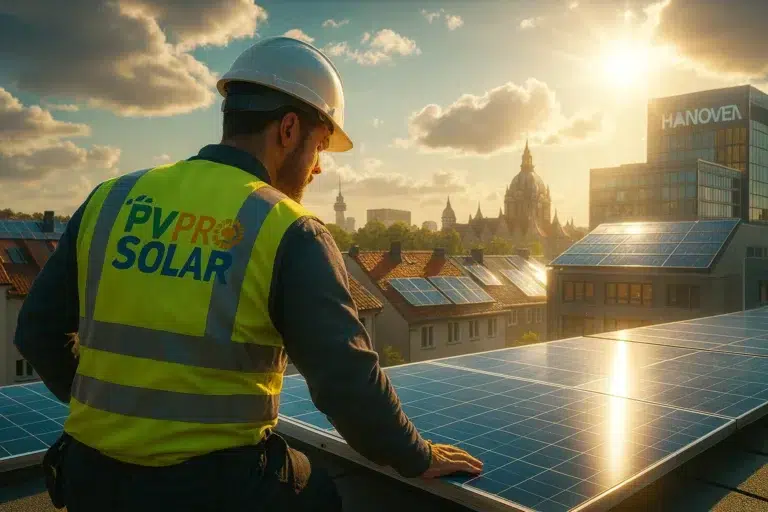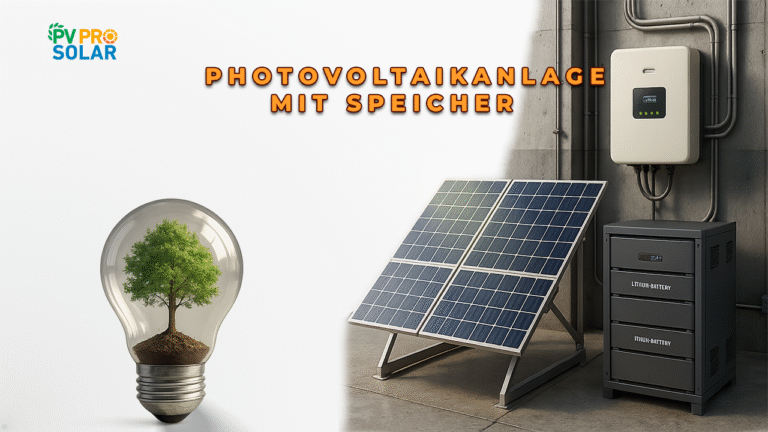Photovoltaic provider in Laatzen: Which partner is the best fit for your project?
Solar PV pays off in Laatzen for single-family homes, businesses, and light industry—thanks to solid solar yields, a stable feed-in tariff, and falling system prices. If you switch to solar now, you cut energy costs, boost independence, and increase property value. This guide explains how to compare a Photovoltaic provider in Laatzen, which technologies make sense (modules, inverter, battery, wallbox), and how a project runs efficiently from on-site survey to commissioning—including practical checklists.
Why is a PV system in Laatzen especially attractive right now?
Laatzen (Hanover region) offers dependable irradiation levels that enable attractive annual yields for both residential and commercial roofs. Combining a PV system with a battery and load management increases self-consumption and significantly reduces grid draw. Add to that: a stable EEG feed-in tariff for surplus power, rising retail electricity prices that accelerate payback, and regional specialists with short travel times. The result: realistic returns, predictable cash flows, and a clear sustainability profile—a plus for marketing and ESG goals in commercial settings.
What criteria matter most when choosing a Photovoltaic provider in Laatzen?
Look for:
- Regional references (Laatzen-Mitte, Grasdorf, Rethen/Leine, Gleidingen, Ingeln-Oesselse).
- Certifications & qualifications (master electrician, occupational safety, roofing competence).
- Transparent quotes with bill of materials, yield forecast, warranties, and project timeline.
- After-sales & monitoring (fault service, warranty handling, remote monitoring).
- End-to-end service: structural calculations, grid connection, meter replacement, funding advice, handover.
- Component quality (bankability, warranty terms, availability).
These filters help you quickly narrow the field to providers with real delivery capability.
How do full-service providers, installers, and online-only vendors differ?
- Full-service providers plan, supply, install, and register your system—including batteries, wallboxes, and smart metering. Advantage: one point of contact and clear accountability.
- Installation contractors often work with outsourced designs and components; they’re strong in on-site installation and service.
- Online-only vendors entice with low package prices but often offer limited on-site service, longer response times, and less flexibility for non-standard roofs.
In Laatzen, a regional full-service partner typically pays off if you want speed, single-source warranty coverage, and robust yield projections.
Which PV components suit Laatzen roofs particularly well?
- Modules: monocrystalline, half- or bifacial high-performance modules (M10/M12) with >20% efficiency; full-black designs for visually sensitive façades.
- Inverters: string-based systems with shade management, or power optimizers for partial shading/complex roof layouts.
- Batteries: lithium (LiFePO₄) systems; 5–15 kWh for single-family homes, >30 kWh for commercial. Key: cycle life, expandable capacity, spare-part availability.
- Mounting: roof hooks/rail systems for tiles; hanger bolts for trapezoidal/corrugated sheet; structural check for flat roofs (ballast/wind loads).
- Smart meter/EMS: energy management to maximize self-consumption and enable PV surplus charging of your wallbox.
How realistic are yield and economics in Laatzen?
A 10 kWp system on a well-oriented gable roof can produce around 9,000–10,500 kWh/year, depending on shading and pitch. With 30–50% self-consumption without a battery (60–80% with a battery), you noticeably reduce grid purchases. Payback depends on electricity price, self-consumption rate, capex, incentives, and interest rates; 8–12 years is often realistic. Important: a clean yield forecast (PV software), conservative assumptions, and scenario comparisons with and without storage.
Which incentives and feed-in tariff can you use?
In Germany, you benefit from the EEG feed-in tariff for PV power exported to the grid (rate depends on system size and commissioning date). In addition, regional programs (municipalities/State of Lower Saxony) and occasionally KfW financing for efficiency and charging infrastructure may apply. Because incentive landscapes change, have them checked before accepting a quote. A good provider will summarize options, support your applications, and integrate revenues transparently into the financial model.
What does the project workflow look like—from consultation to commissioning?
- Initial consultation & pre-check (roof, meter cabinet, electrical system, potential analysis).
- On-site visit in Laatzen with measurement, photos, and shading analysis.
- Quote & yield forecast with variants (with/without battery, optimizers yes/no).
- Contract & grid application with the local DSO; meter cabinet upgrade if needed.
- Installation (scaffolding, substructure, modules, DC cabling, inverter).
- Electrical connection & commissioning, meter swap, EMS/monitoring configuration.
- Handover & briefing, documentation, warranty papers, funding/tax notes.
A structured sequence shortens project duration and reduces interface risks.
Why is PVPro Solar GmbH a strong regional partner for Laatzen?
PVPro Solar GmbH knows the roof typologies and permitting specifics of the Hanover region and uses quality-verified components with long-term warranties. For Laatzen, PVPro offers:
- Full service from on-site design to grid operator sign-off,
- Transparent quotes with clear scope boundaries,
- Fast response times and regional after-sales,
- Options for batteries & wallboxes with intelligent energy management.
The outcome: high self-consumption rates, short travel distances, reliable schedules—and measurable savings for households and businesses.
How to compare quotes fairly and avoid common pitfalls?
- Normalize to the same system size (e.g., €/kWp, €/kWh storage).
- Check component lists: module/inverter model, warranties, origin, availability.
- Installation scope: roofing works, cable runs, fire protection, meter cabinet works, scaffolding.
- Yield assumptions: realistic, with shading—no glossy scenarios.
- Service & warranties: response times, spare-part handling, monitoring.
- Contract terms: tie payment plan to milestones, binding deadlines, acceptance protocol.
This lets you spot cheap bundles without substance—and high-quality offers with real value.
Why combine a battery and wallbox in the Laatzen area?
A battery shifts PV power into the evening/night and notably increases autonomy. Paired with a wallbox, your EV charges preferentially from surplus PV; an EMS lets you prioritize loads (e.g., heat pump) and reduce demand peaks. For Laatzen households with day/night load profiles (home office, e-mobility), the combination is often economical—especially with rising retail electricity prices and favorable driving patterns.
Checklist for your next step in Laatzen
- Document roof type, orientation, pitch, clear areas, and shading.
- Have your latest electricity bill and load profile ready (smart meter data if available).
- Define desired packages: PV, PV + battery, PV + battery + wallbox.
- Standardize quotes (kWp, kWh storage, €/kWp, warranties, dates).
- Schedule an on-site visit with a regional provider and clarify open points.
- Fix monitoring & service in the contract.
With this list, you’ll reach robust decisions quickly—without surprises during the project.
For a Photovoltaic provider in Laatzen, regional experience, technical quality, and reliable service are what count. If you compare quotes transparently, choose components with solid warranties, and integrate energy management (battery, wallbox), you can achieve high self-consumption and stable returns. A full-service partner with short travel times accelerates planning, installation, and grid connection—making your switch to solar predictable. Tip: book an on-site visit now and assess economics based on your actual load profile.
Typically 6–12 weeks from order to commissioning. The installation itself usually takes 1–3 days.
Usually not for pitched roofs. For flat roofs or listed buildings (heritage protection), a permit may be required. How long does it take to install a PV system in Laatzen?
Do I need a building permit for PV in Laatzen?
